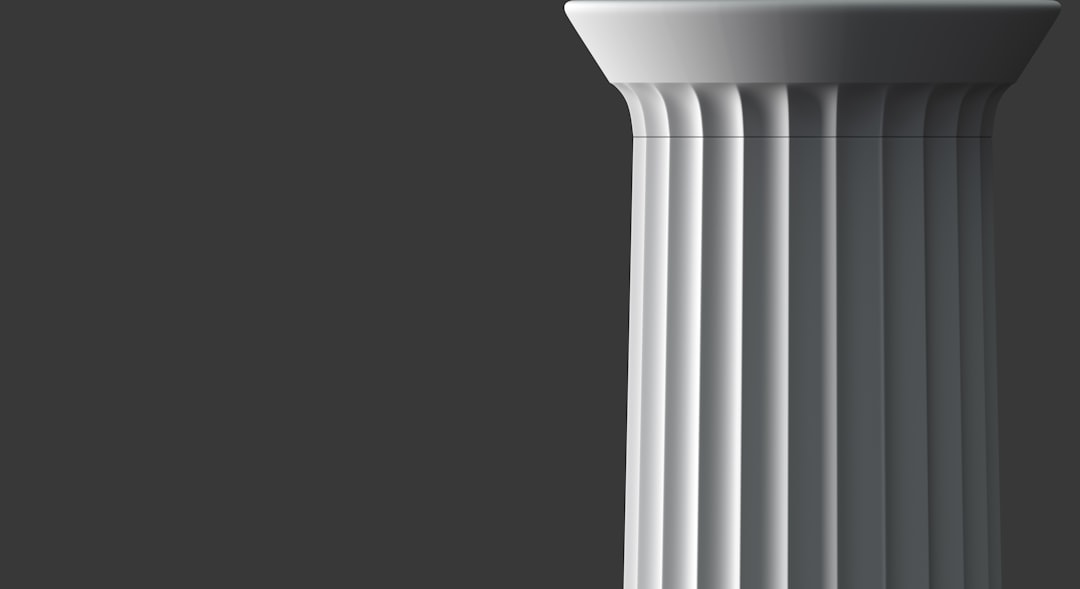Column vs. Strut
What's the Difference?
Column and strut are both structural elements used in construction and engineering. However, they differ in their shape and purpose. A column is a vertical, load-bearing member that supports the weight of a structure above it. It is typically cylindrical or rectangular in shape and provides stability and resistance against compression forces. On the other hand, a strut is a diagonal or inclined member that primarily resists tension and compression forces. It is often used to provide additional support and prevent buckling in structures such as bridges or trusses. While both column and strut play crucial roles in maintaining structural integrity, their distinct shapes and functions make them suitable for different applications.
Comparison

| Attribute | Column | Strut |
|---|---|---|
| Definition | A vertical structural element that supports weight and transfers loads to the ground or another support structure. | A horizontal or diagonal structural member used to provide stability and support to a structure or framework. |
| Orientation | Vertical | Horizontal or diagonal |
| Function | Supports weight and transfers loads vertically | Provides stability and support horizontally or diagonally |
| Typical Shape | Cylindrical or rectangular | Rectangular or triangular |
| Placement | Usually placed vertically, often in a row or grid | Can be placed horizontally or diagonally, often in a framework or truss |
| Common Materials | Concrete, steel, wood | Steel, wood |
| Applications | Building construction, bridges, columns in architecture | Roof trusses, framework in buildings, support structures |

Further Detail
Introduction
Columns and struts are essential structural elements used in construction and engineering projects. They both serve the purpose of providing support and stability to various structures, but they differ in their design, function, and applications. In this article, we will explore the attributes of columns and struts, highlighting their similarities and differences.
Definition and Purpose
A column, also known as a pillar or post, is a vertical structural member designed to withstand compressive forces. It is typically used to support the weight of a structure or transfer loads to the foundation. Columns are commonly found in buildings, bridges, and other architectural structures.
A strut, on the other hand, is a diagonal or inclined member used to resist compression forces. It is often employed to provide additional support and prevent buckling in structures. Struts can be found in various applications, including trusses, scaffolding, and aerospace engineering.
Design and Construction
Columns are usually cylindrical or rectangular in shape, with a solid cross-section. They are constructed using materials such as concrete, steel, or wood. The design of columns takes into account factors like the load-bearing capacity, height, and the type of structure they are supporting. Columns may have decorative features to enhance their aesthetic appeal in architectural designs.
Struts, on the other hand, can have different shapes and configurations depending on the specific application. They are often designed as slender members with a cross-sectional area that is smaller compared to columns. Struts are commonly made of materials like steel, aluminum, or composite materials. The design of struts considers factors such as the length, angle, and the magnitude of the compressive forces they need to resist.
Load-Bearing Capacity
Columns are primarily designed to withstand compressive loads. They are engineered to support the weight of the structure above them and transfer these loads to the foundation. The load-bearing capacity of a column depends on its material, cross-sectional area, height, and the type of load it is subjected to. Columns are typically designed with a safety factor to ensure they can handle the expected loads without failure.
Struts, on the other hand, are designed to resist compressive forces that tend to cause buckling. The load-bearing capacity of a strut depends on its material, length, cross-sectional area, and the degree of bracing or support it receives. Struts are often used in combination with other structural elements to provide stability and prevent buckling under compression.
Applications
Columns find extensive use in the construction industry, particularly in building structures. They are commonly employed in the construction of multi-story buildings, where they provide vertical support and distribute the weight of the floors and roof. Columns are also used in bridges, piers, and other infrastructure projects where vertical load-bearing is required.
Struts have a wide range of applications across different industries. In engineering and construction, they are used in trusses to provide additional support and prevent sagging. Struts are also utilized in aerospace engineering to reinforce the wings and fuselage of aircraft. In addition, they are commonly found in scaffolding systems, where they provide stability and prevent lateral movement.
Conclusion
Columns and struts are vital structural elements that play distinct roles in construction and engineering projects. While columns primarily provide vertical support and withstand compressive loads, struts are designed to resist buckling under compression. Both columns and struts are constructed using various materials and have specific design considerations based on their intended applications. Understanding the attributes and differences between columns and struts is crucial for engineers, architects, and construction professionals to ensure the structural integrity and stability of their projects.
Comparisons may contain inaccurate information about people, places, or facts. Please report any issues.